Greater scale and symbolic models are necessary before AI and machine learning can meet big challenges like breaking the best encryption algorithms.


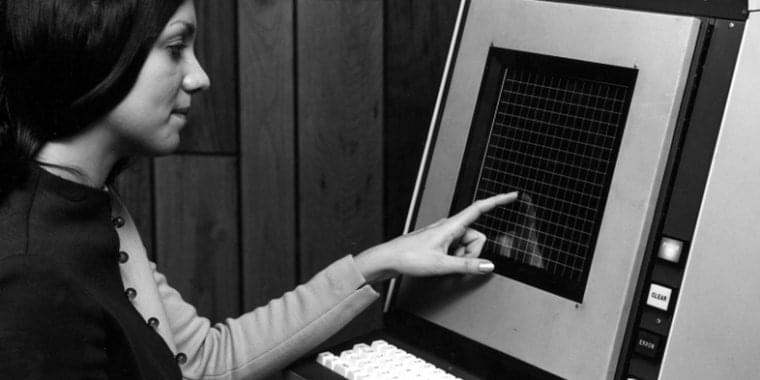
Bright graphics, a touchscreen, a speech synthesizer, messaging apps, games, and educational software—no, it’s not your kid’s iPad. This is the mid-1970s, and you’re using PLATO.
Far from its comparatively primitive contemporaries of teletypes and punch cards, PLATO was something else entirely. If you were fortunate enough to be near the University of Illinois Urbana-Champaign (UIUC) around a half-century ago, you just might have gotten a chance to build the future. Many of the computing innovations we treat as commonplace started with this system, and even today, some of PLATO’s capabilities have never been precisely duplicated. Today, we’ll look back on this influential technological testbed and see how you can experience it now.
From space race to Spacewar.
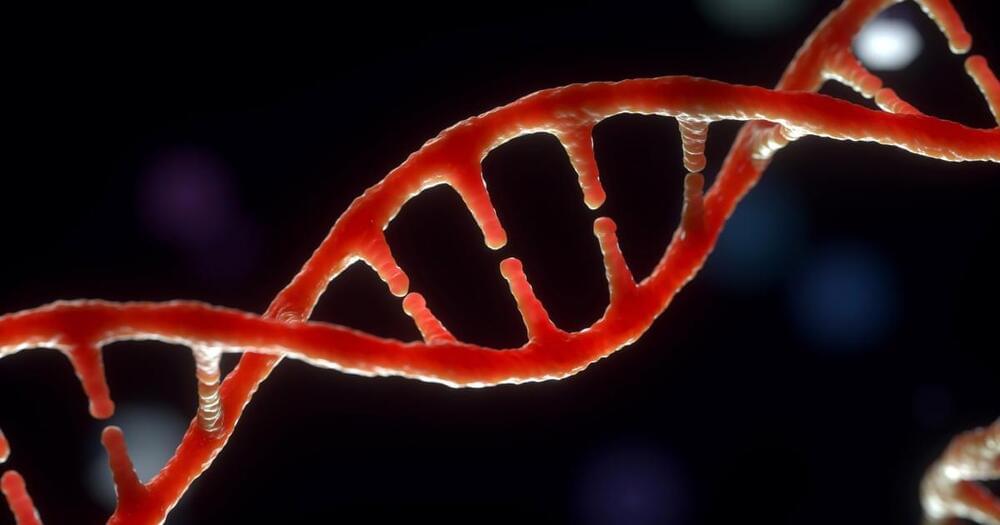
Researchers have taught an AI to make artificial genomes — possibly overcoming the problem of how to protect people’s genetic information while also amassing enough DNA for research.
Generative adversarial networks (GANs) pit two neural networks against each other to produce new, synthetic data that is so good it can pass for real data. Examples have been popping up all over the web — generating pictures and videos (a la “this city does not exist”). AIs can even generate convincing news articles, food blogs, or human faces (take a look here for a complete list of all the oddities created by GANs).
Now, researchers from Estonia are going more in-depth with deepfakes of human DNA. They created an algorithm that repeatedly generates the genetic code of people that don’t exist.
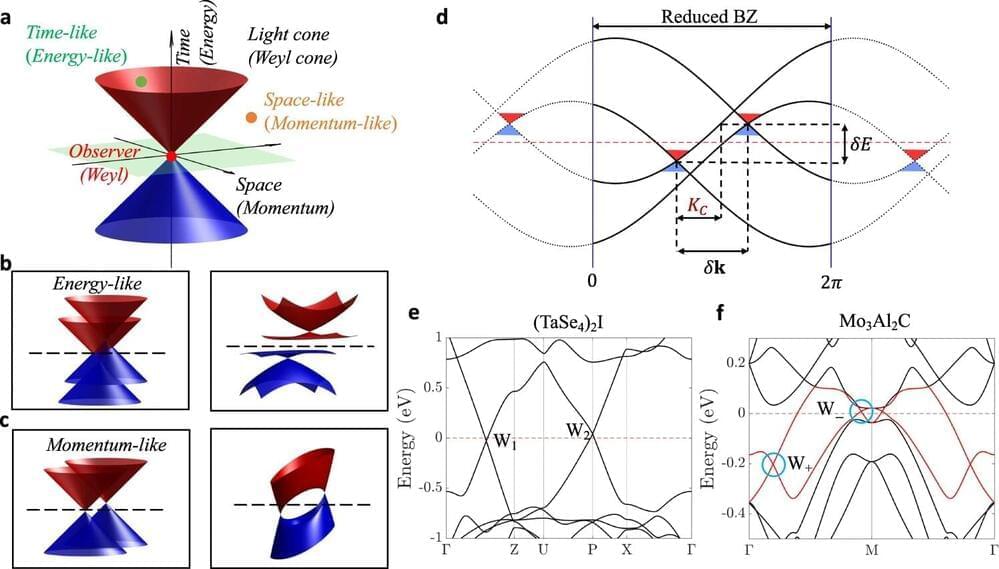
Northeastern researchers have made what they describe as a groundbreaking discovery in the field of quantum mechanics.
Wei-Chi Chiu, a postdoctoral researcher at Northeastern reporting to Arun Bansil, university distinguished professor of physics at Northeastern, tells Northeastern Global News that his team has published a novel study examining the nature of a specific class of subatomic particles, whose very existence has eluded quantum physicists for nearly a century.
Chiu and his colleagues propose a new theoretical framework to explain how these particles, called Weyl fermions, interact with each other in certain materials. The findings, published in Nature Communications earlier this month, look beyond the framework of Albert Einstein’s theory of relativity to probe these mysterious particles, Chiu says.

Multiple people were killed and more than 30 others injured in large crashes involving up to 90 vehicles on Interstate 55 in south-central Illinois during a dust storm, authorities said Monday afternoon.
According to Illinois State Police, multiple fatalities were reported with the crashes, but an exact number remained unclear. At least 30 others, ranging in age from 2 to 80 years old, were taken to area hospitals. Their conditions weren’t immediately known.
Authorities said they were still conducting additional searches through the vehicles involved, which included an estimated 30 commercial vehicles and 40 to 60 passenger cars. The biggest challenge, according to Illinois State Police Major Ryan Starric, the biggest challenge was trying to get to victims quickly.

New findings enable experimental studies to control and further develop the multiscale phenomena of complex interdependent materials.
Bar-Ilan University researchers Havlin and Frydman have demonstrated the “network of networks” theory using a controlled system of interdependent superconducting networks. The study confirms that coupled networks exhibit abrupt transitions under varying temperatures, validating Havlin’s 2010 theory. This groundbreaking research has significant implications across physics, materials science, and device applications, potentially leading to new developments in self-healing systems, sensitive sensors, and network metamaterials.
Metamaterials are engineered materials that have properties not usually found in nature.
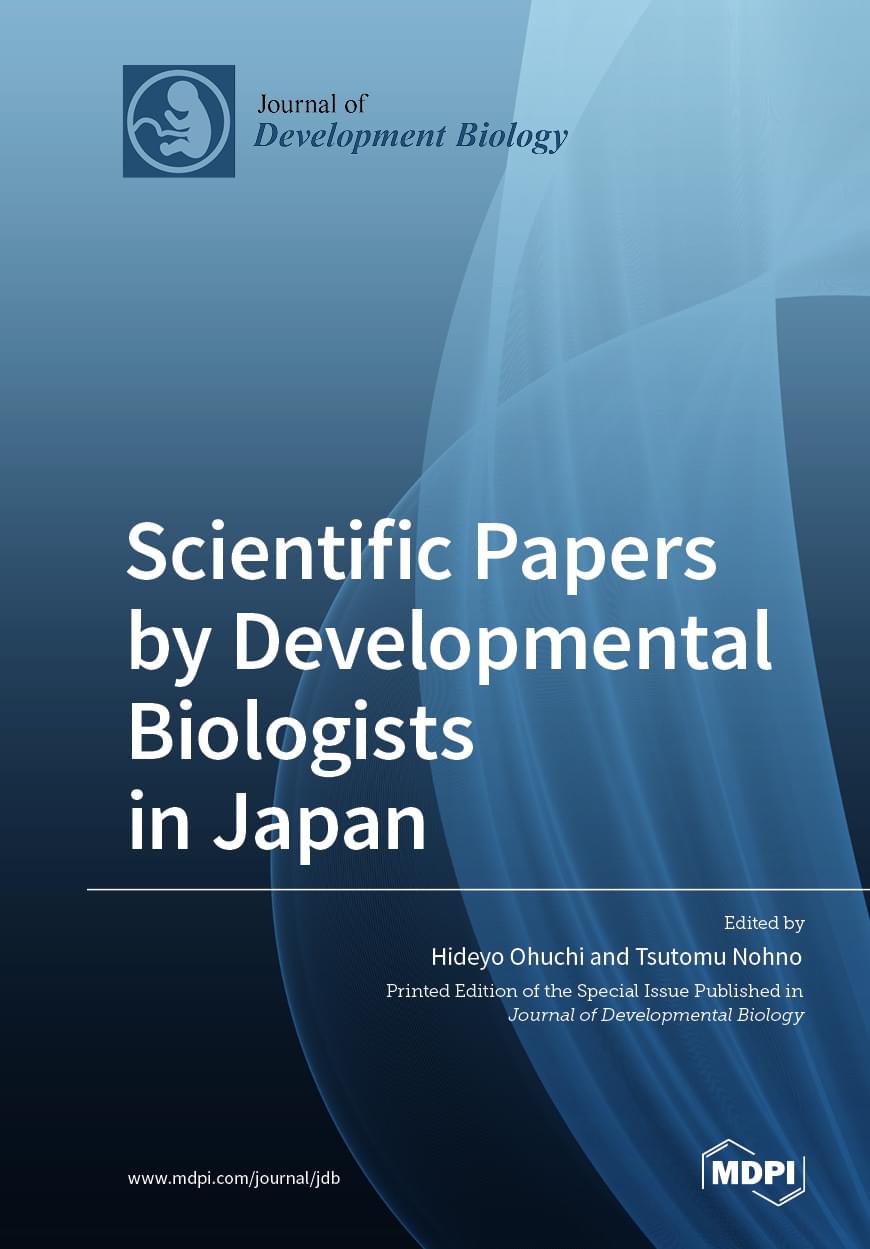
This Special Issue, ‘Scientific Papers by Developmental Biologists in Japan’, represents a collection of high-quality review articles, research articles, and communications on the development of multicellular organisms at the molecule, cell, tissue, organ, and whole-organism level, which were written and submitted by developmental biologists working in Japan.
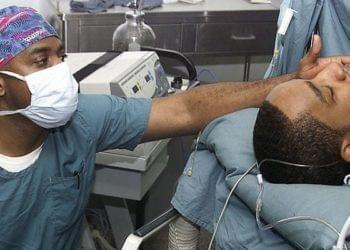
Patients with kidney failure have a high mortality rate. There is an exponential increase in the number of patients experiencing kidney failure requiring treatment with life-saving kidney replacement therapy (KRT), including hemodialysis (HD), peritoneal dialysis (PD) or kidney transplantation.
Researchers have found inj a new study that Intradialytic exercise may improve survival rates in adult patients receiving hemodialysis.
The new study has been published in the BMC Nephrology.

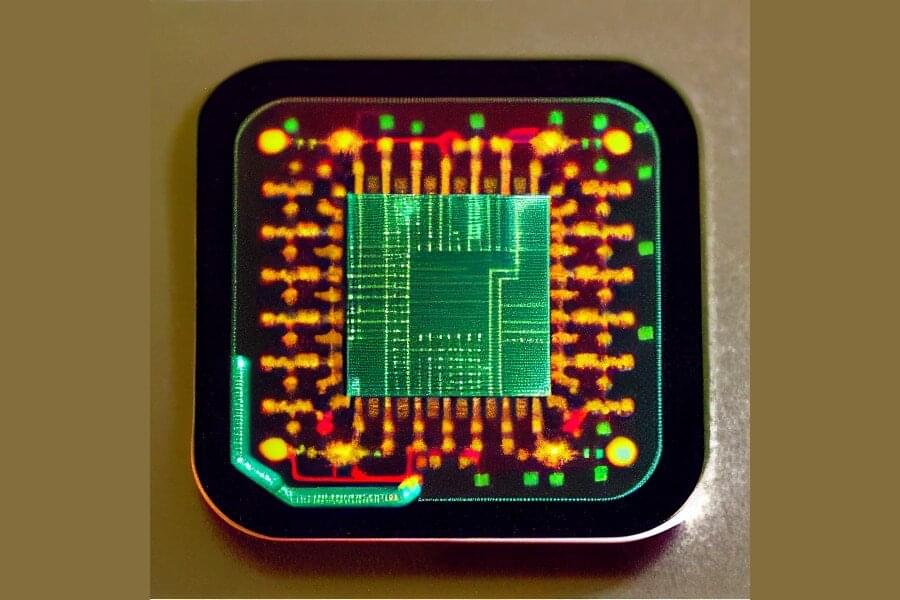
😗
From early detection and internal treatment of diseases to futuristic applications like augmenting human memory, biological computing, or biocomputing, has the potential to revolutionize medicine and computers.
Traditional computer hardware is limited in its ability to interface with living organs, which has constrained the development of medical devices. Computerized implants require a constant supply of electricity, they can cause scarring in soft tissue that makes them unusable and they cannot heal themselves the way organisms can. Through the use of biological molecules such as DNA or proteins, biocomputing has the potential to overcome these limitations.
Biocomputing is typically done either with live cells or with non-living, enzyme-free molecules. Live cells can feed themselves and can heal, but it can be difficult to redirect cells from their ordinary functions toward computation. Non-living molecules solve some of the problems of live cells, but have weak output signals and are difficult to fine-tune and regulate.